 | |
 |  or expeditions for lost continents, "jungle" and "desert" epics, treasure hunts, disaster films, or searches for the unknown. or expeditions for lost continents, "jungle" and "desert" epics, treasure hunts, disaster films, or searches for the unknown. |
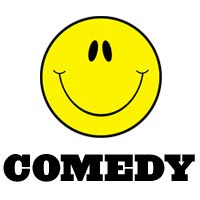 | |
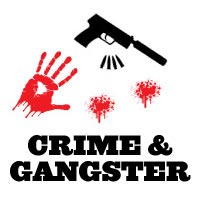 | |
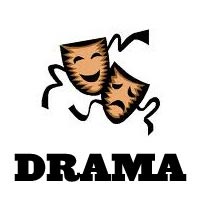 | |
 | |
 |  to a corruption of technology, or when Earth is threatened by aliens. The fantasyand supernatural film genres are not usually synonymous with the horror genre. There are many sub-genres of horror: slasher, teen terror, serial killers, zombies, Satanic, Dracula, Frankenstein, etc. See this site's Scariest Film Moments and Scenes collection - illustrated. to a corruption of technology, or when Earth is threatened by aliens. The fantasyand supernatural film genres are not usually synonymous with the horror genre. There are many sub-genres of horror: slasher, teen terror, serial killers, zombies, Satanic, Dracula, Frankenstein, etc. See this site's Scariest Film Moments and Scenes collection - illustrated. |
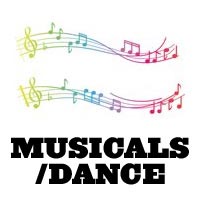 |  of the film narrative), or they are films that are centered on combinations of music, dance, song or choreography. Major subgenres include the musical comedy or the concert film. See this site's Greatest Musical Song/Dance Movie Moments and Scenes collection - illustrated. of the film narrative), or they are films that are centered on combinations of music, dance, song or choreography. Major subgenres include the musical comedy or the concert film. See this site's Greatest Musical Song/Dance Movie Moments and Scenes collection - illustrated. |
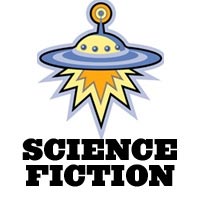 | |
 |  ). ). |
 | |
There are more sub-types, such as ROM-COMS, BIOPICS, CARTOONS, FILM-NOIR.....
 | |
 | |
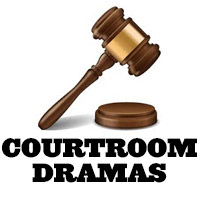 | |
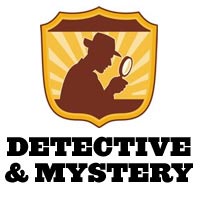 | |
 |  -type stories, with suspenseful action and impending crises (man-made or natural) in locales such as aboard imperiled airliners, trains, dirigibles, sinking or wrecked ocean-liners, or in towering burning skyscrapers, crowded stadiums or earthquake zones. Often noted for their visual and special effects, but not their acting performances. See Greatest Disaster Film Scenes also. -type stories, with suspenseful action and impending crises (man-made or natural) in locales such as aboard imperiled airliners, trains, dirigibles, sinking or wrecked ocean-liners, or in towering burning skyscrapers, crowded stadiums or earthquake zones. Often noted for their visual and special effects, but not their acting performances. See Greatest Disaster Film Scenes also. |
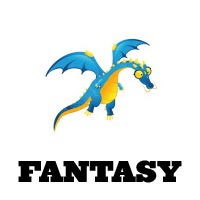 | |
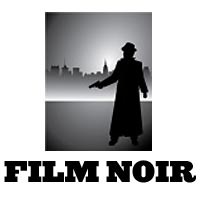 | |
 | |
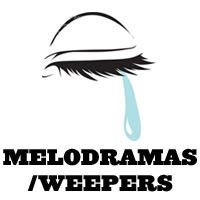 | |
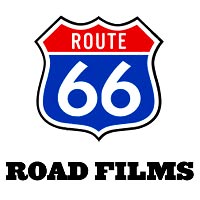 |  for escape or to engage in a quest for some kind of goal -- either a distinct destination, or the attainment of love, freedom, mobility, redemption, the finding or rediscovering of onself, or coming-of-age (psychologically or spiritually). for escape or to engage in a quest for some kind of goal -- either a distinct destination, or the attainment of love, freedom, mobility, redemption, the finding or rediscovering of onself, or coming-of-age (psychologically or spiritually). |
 |  , this category shares some features with romantic dramas, romantic comedies, and sexual/erotic films. These are love stories, or affairs of the heart that center on passion, emotion, and the romantic, affectionate involvement of the main characters (usually a leading man and lady), and the journey that their love takes through courtship or marriage. Romance films make the love story the main plot focus. See Greatest and Most Memorable Film Kisses Scenes. , this category shares some features with romantic dramas, romantic comedies, and sexual/erotic films. These are love stories, or affairs of the heart that center on passion, emotion, and the romantic, affectionate involvement of the main characters (usually a leading man and lady), and the journey that their love takes through courtship or marriage. Romance films make the love story the main plot focus. See Greatest and Most Memorable Film Kisses Scenes. |
 | |
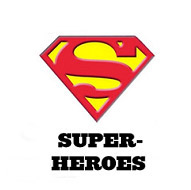 | |
 | |
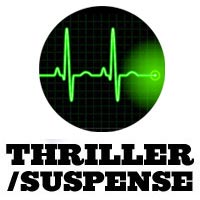 | |
http://www.filmsite.org/series-boxoffice.html



